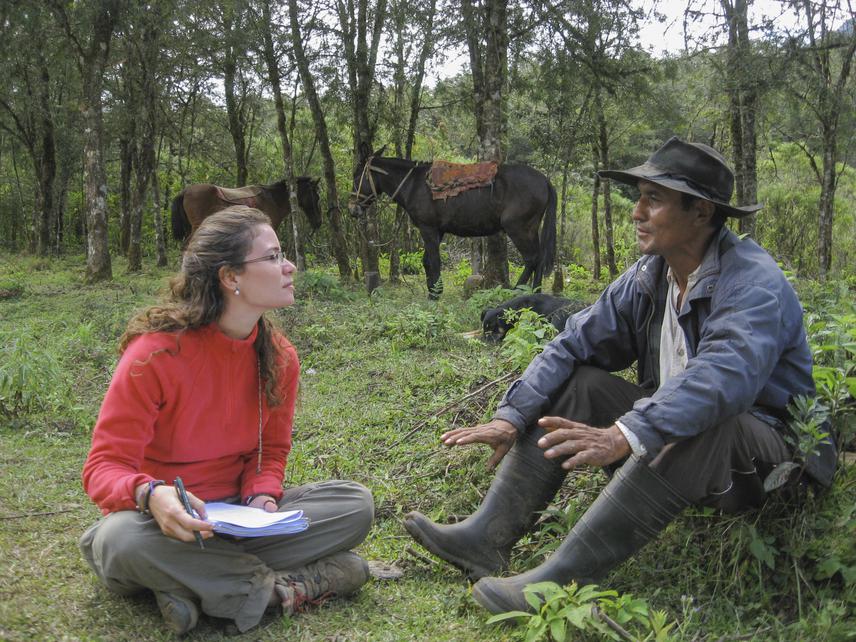María Flavia Caruso
Other projects
12 May 2016
The Impact of Local People’s Attitudes and Perceptions of Protected Areas on the Conservation of Jaguar (Panthera onca) in Midwest and Northeast Argentinian
8 Feb 2019
Availability and Connectivity of Habitat for Jaguar (Panthera onca) between Baritú National Park (Argentina) and Tariquía National Reserve (Bolivia)
18 Oct 2021
Mammal Population Dynamics, Connectivity, Prevention and Control of Transboundary Wildlife Trade in the Yungas
My study will test the hypothesis that the presence of protected areas and their management approach influences local people’s welfare therefore affecting their perceptions and attitudes towards the conservation of jaguars (Panthera onca).

The largest population of jaguars (Panthera onca) in Argentina inhabits the Yungas region. However, this population is being threatened by poaching and deforestation. A negative attitude of local rural people towards conservation in general and towards the jaguar in particular threatens the potential success of any conservation program. This attitude was in part developed historically as a reaction towards authoritarian top-down conservation policies in the region.
I will assess how the different types of management of protected areas in the region influence local people’s perceptions and attitudes towards the conservation of this large carnivore. My field work consists of visiting remote rural settlements surrounding protected areas and doing interviews with local people. Additionally, I will determine protected areas management approach in terms of level of inclusion of the local population, education outreach, job opportunities, interpersonal relationships with park personnel, as well as the history of their creation. The results of this study can directly influence the management policies of current and future protected areas by demonstrating that a more social and participatory approach to conservation and management can lead to a change in attitude of local people living in the vicinity of protected areas.